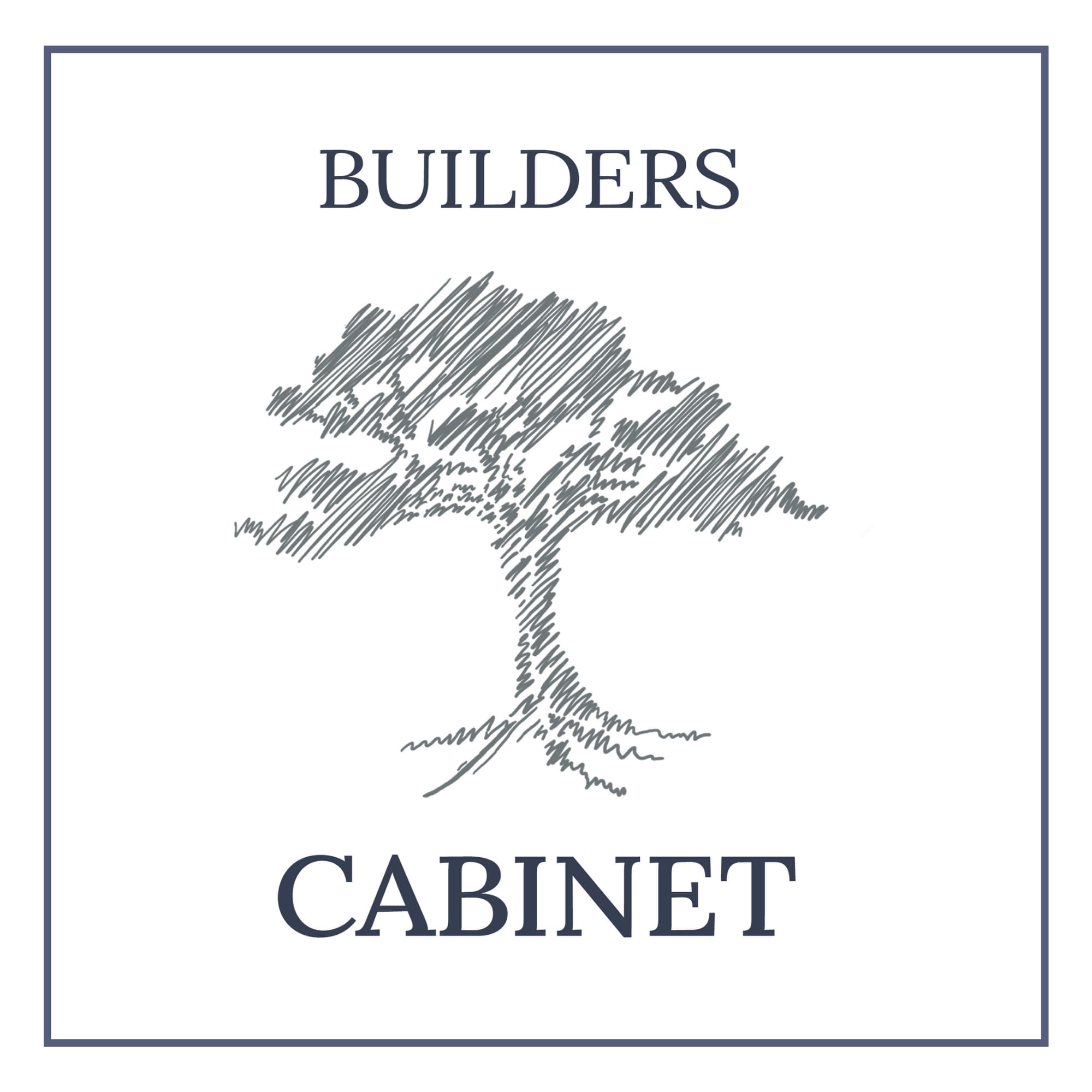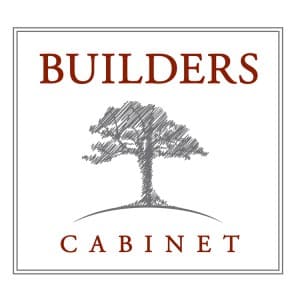How to Build Your Own Kitchen Cabinets
DIY kitchen cabinets are a great project for any homeowner who are very hands on and likes remodelling their space. They can be simple or sophisticated depending on your preference and can drastically change the look of your kitchen. When building your own kitchen cabinets, it’s essential to understand the materials you need and how to assemble them.

worker with screwdriver assembles and installs furniture in the kitchen
Before you get started
Prior to creating a blueprint and buying materials for this project, it’s important to understand some basic facts about kitchen cabinets including standard measurements, such as the following:
- Kitchen cabinets are around 34 inches tall and 24 inches deep, which is about an inch shallower than the typical counter. This is done to keep people from coming too much into contact with the cabinets.
- Upper cabinets, the ones mounted on the wall, tend to have smaller dimensions. They typically have a depth of 12-14 inches, while their height is determined by the height of the ceiling subtracted by 19 inches and the height of the counter.
These dimensions can be tweaked for each home, but these are the standard. Once you’ve done your research on cabinetry, you can begin planning out exactly what you would like. Below outlines the four main steps you should take.
Step 1. Hammering out the details
Start by figuring out the best dimensions for your home, and then consider the material you would like to make them out of. Wood the most common choice” thanks to the variety of species available. Hardwoods are the most durable and will last for years when done correctly. There are a number or hues and grains to choose from. Don’t be afraid to consult a professional for advice.
After you’ve determined your dimensions and selected your cabinet material, you will also need to have the following tools at hand:
- A Hammer
- Nails and Screws
- Drill
- A Screwdriver
- A level
- A Jigsaw
- Clamps

Cabinet maker installing custom made maple cabinets to kitchen island, while electrician installs under-cabinet lighting.
Step 2. Cutting the panels
When generating a cut with a jigsaw, position the wood on the bench and make sure the cutting area is clear to make certain you don’t cut through anything you don’t want to. Below are some panel to start with:
- Side panels
Begin with the side panels. This is a good place to start because any issue will be easily caught. Just remember to measure twice and cut once. Once the two pieces are cut and even, clamp them together, and then use the jigsaw to cut a notch into the corner of each panel. This will be the bottom front corner. This notch won’t be necessary for the upper cabinets.
- Bottom panels
Cut the bottom panel to fit the cabinets. This is a simple panel cut. Be sure to measure against the side panels when cut.
- Base panels
This panel is only necessary for the bottom cabinets. It fits the space between the bottom panel and the floor. It is not needed for upper cabinets.
- Face panels
These are the panels that will function as the door of the cabinets, so make sure that they match each other and that they look like you want them to. Once they are cut be sure to measure them against the other panels to ensure that they achieve the proper effect. They will be attached to the side panels by hinges.
- Plywood for the back
This is one on the easies cuts to make. The back of the system just needs to complete the whole thing and enclose it. If all the measurements where correct, this should be an easy process.
Step 3. The installation process
Once all the parts are cut, it’ time to piece them together in the following steps:
Begin at the base –Begin by building the base and work your way up from there. This is the same regardless of upper or lower cabinets.
Grow it up – Once the base and bottom panels are attached, it is time to attach the side panels. Be sure to use angle measures and levels at every stage of the process. Do not be afraid to use clamps.
Add to the top – The next step is to glue the top panels in place, along with their braces. Use the level to check your work once again.
Back It up and reinforce – Once you are satisfied with the structure so far, you can nail on the back panel. Once the external structure is nearly complete it is time to reinforce all of the connections you have already make with nails and braces.
Add shelves – It is now time to add in the shelves. Measure the height for the shelves on each side and then use a level to make sure that they are perfectly even to avoid problems down the road. Once you are confident in the heights install 2 brackets on each side. A shelf can then be placed on top of them.
Put on a face – The last step is to install the doors of the cabinets. Be careful and take your time when doing this because it will be the most visible part of the kitchen cabinets. Use hinges of joints when doing so.

Man working on a new kitchen installation
Step 4. Finishing the new additions
Once everything is assembled, it’s time for the finishing touch. Painting the cabinets is an easy way to give them a polished appearance while also adding personality. If the colour isn’t quite right or if you want a more rustic appearance, consider staining the wood and then sealing it. This will also highlight the natural beauty of the wood.
Get the perfect cabinets
Kitchen cabinets are a great way to contribute to your remodeling, as long as you know what your cabinet goals are and how to achieve them. Any homeowner can create simple cabinets with a little bit of effort. However, if you decide your goals are outside of your range, consider looking into custom kitchen cabinets. This way, you will get exactly what you want.


Leave a Reply